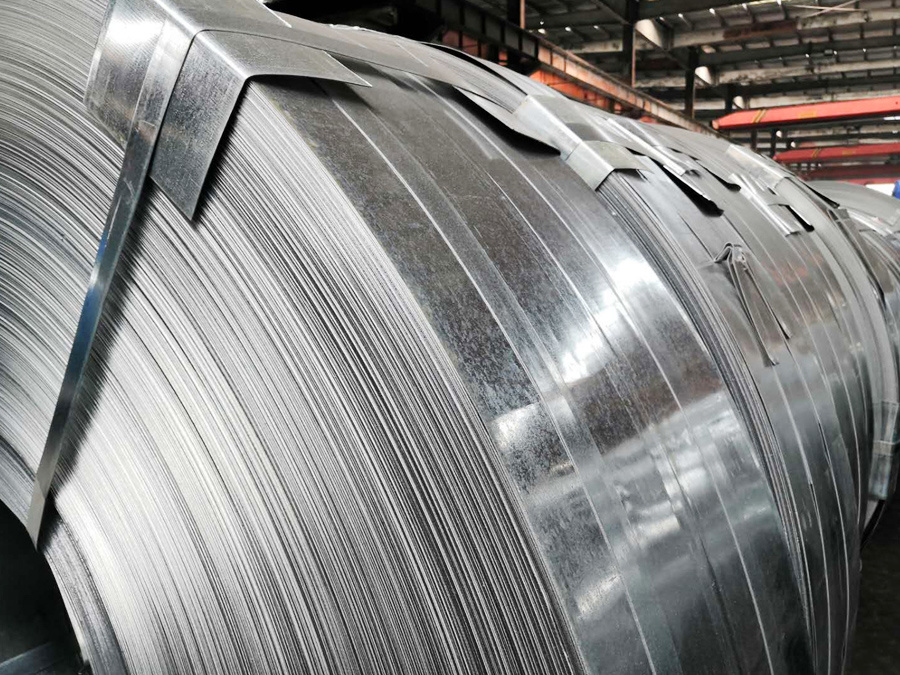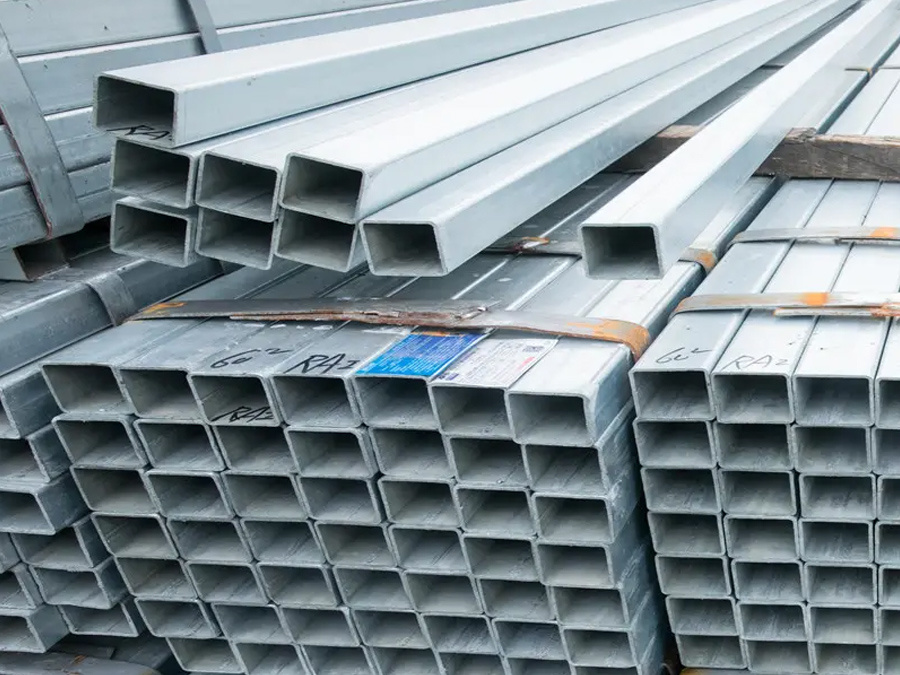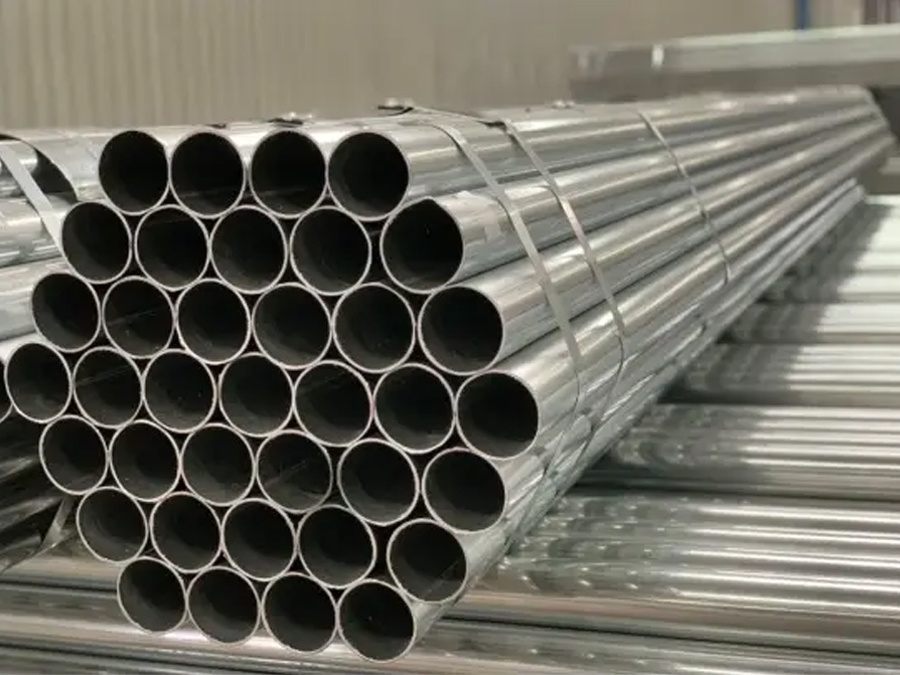Understanding Hot Rolled Steel Coil Price: Factors, Trends, and Insights
2025-06-07
Hot rolled steel coils are among the most widely used materials in construction and manufacturing, primarily due to their cost-effectiveness and adaptability. Understanding the factors that affect hot rolled steel coil price is essential for businesses within the building and construction sector.
One of the primary determinants of hot rolled steel coil prices is raw material costs. The price of ir
Hot rolled steel coils are among the most widely used materials in construction and manufacturing, primarily due to their cost-effectiveness and adaptability. Understanding the factors that affect hot rolled steel coil price is essential for businesses within the building and construction sector.
One of the primary determinants of hot rolled steel coil prices is raw material costs. The price of iron ore and scrap steel can fluctuate significantly based on global market conditions. For instance, increases in demand from countries undergoing rapid industrialization, such as those in Asia, can lead to higher raw material prices, subsequently affecting the cost of finished products like hot rolled steel coils.
Another key factor is production capacity. Steel mills operate at varying capacities depending on market demand. When production is high, prices tend to stabilize or decrease due to increased supply. Conversely, when mills reduce output in response to declining demand, prices generally rise. Additionally, seasonal factors can impact production schedules, influencing market availability and pricing dynamics.
International trade policies and tariffs also play a significant role in determining the price of hot rolled steel coils. Changes in trade agreements or the introduction of tariffs can result in shifts in supply chains, affecting both the availability and cost of steel products in various regions. Companies must stay informed about such policies as they can have immediate effects on pricing.
Market trends and economic conditions further influence hot rolled steel coil prices. For instance, a booming construction industry typically drives up demand for steel, which can create upward pressure on prices. Conversely, economic downturns can lead to reduced construction activity, subsequently lowering demand and prices.
Moreover, technological advancements in steel production can have long-term effects on costs. Innovations that improve efficiency or reduce waste can lead to lower production costs, ultimately influencing the market price of hot rolled steel coils.
Lastly, it is essential for stakeholders to monitor global economic indicators, as they can signal changes in the market landscape. Understanding these indicators can help businesses anticipate shifts in hot rolled steel coil prices, enabling them to adapt their strategies accordingly.
In conclusion, while numerous factors influence hot rolled steel coil prices, staying informed about raw material costs, production capacities, trade policies, market trends, and economic indicators can empower stakeholders in the construction and decorative materials industry. By being proactive and knowledgeable about these aspects, businesses can navigate the complexities of the market more effectively.
One of the primary determinants of hot rolled steel coil prices is raw material costs. The price of iron ore and scrap steel can fluctuate significantly based on global market conditions. For instance, increases in demand from countries undergoing rapid industrialization, such as those in Asia, can lead to higher raw material prices, subsequently affecting the cost of finished products like hot rolled steel coils.
Another key factor is production capacity. Steel mills operate at varying capacities depending on market demand. When production is high, prices tend to stabilize or decrease due to increased supply. Conversely, when mills reduce output in response to declining demand, prices generally rise. Additionally, seasonal factors can impact production schedules, influencing market availability and pricing dynamics.
International trade policies and tariffs also play a significant role in determining the price of hot rolled steel coils. Changes in trade agreements or the introduction of tariffs can result in shifts in supply chains, affecting both the availability and cost of steel products in various regions. Companies must stay informed about such policies as they can have immediate effects on pricing.
Market trends and economic conditions further influence hot rolled steel coil prices. For instance, a booming construction industry typically drives up demand for steel, which can create upward pressure on prices. Conversely, economic downturns can lead to reduced construction activity, subsequently lowering demand and prices.
Moreover, technological advancements in steel production can have long-term effects on costs. Innovations that improve efficiency or reduce waste can lead to lower production costs, ultimately influencing the market price of hot rolled steel coils.
Lastly, it is essential for stakeholders to monitor global economic indicators, as they can signal changes in the market landscape. Understanding these indicators can help businesses anticipate shifts in hot rolled steel coil prices, enabling them to adapt their strategies accordingly.
In conclusion, while numerous factors influence hot rolled steel coil prices, staying informed about raw material costs, production capacities, trade policies, market trends, and economic indicators can empower stakeholders in the construction and decorative materials industry. By being proactive and knowledgeable about these aspects, businesses can navigate the complexities of the market more effectively.
Key words:
RELATED INFORMATION
Understanding Hot Rolled Steel Coil Price: Factors, Trends, and Insights
Hot rolled steel coils are among the most widely used materials in construction and manufacturing, primarily due to their cost-effectiveness and adaptability. Understanding the factors that affect hot rolled steel coil price is essential for businesses within the building and construction sector.
One of the primary determinants of hot rolled steel coil prices is raw material costs. The price of ir
2025-06-07
Exploring the Benefits of Galvanized Steel Pipe Spots in Construction: A Comprehensive Guide
Exploring the Benefits of Galvanized Steel Pipe Spots in Construction
Table of Contents
1. Introduction to Galvanized Steel Pipes
2. What is Galvanized Steel?
3. Advantages of Using Galvanized Steel Pipes
3.1 Durability and Longevity
3.2 Corrosion Resistance
3.3 Cost-Effectiveness
3.4 Versatility in Applications
2025-06-06
Seamless steel pipes are a favored choice in various construction and decoration applications due to their structural integrity and performance efficiency. Unlike welded pipes, which are created by welding seams along the length of the pipe, seamless pipes are formed from solid round steel billets, making them free from the potential weaknesses associated with seams. This unique manufacturing proc
2025-06-05













